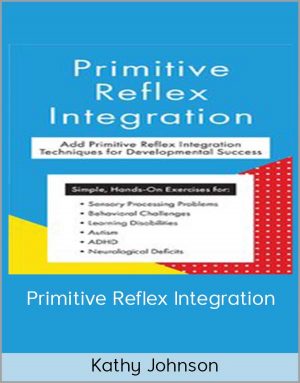Conrad Carlberg – Predictive Analytics with Excel
$15.00$40.00 (-63%)
In this video course, world-class analytics expert Conrad Carlberg shows you how to use smoothing to forecast trends with a tool you already know: Microsoft Excel.
Conrad Carlberg – Predictive Analytics with Excel

Check it out: Conrad Carlberg – Predictive Analytics with Excel
Companies of all sizes are turning to exponential smoothing to accurately forecast trended data such as sales, demand, and other key business indicators.
In this video course, world-class analytics expert Conrad Carlberg shows you how to use smoothing to forecast trends with a tool you already know: Microsoft Excel.
Carlberg illuminates each technique through easy-to-follow video, with crystal-clear explanations reflecting his decades of experience solving complex analytical problems with Excel. Youll learn how smoothing works and how to prepare data; quantify a forecasts accuracy; use Excel Solver to reduce forecast error; interpret smoothing analyses; work with baselines; support your forecasts with regression analyses; diagnose trends using autocorrelation; detrend and forecast from a trended baseline; initialize forecast values; and backcast beyond the start of your baseline. Youll learn hands-on through practice workbooks provided for your own use and adaptation. By the time youre done, youll have mastered one of todays most valuable predictive analytics skillsets?one you can use in nearly any field of business.
Skill Level
– All Levels
– Beginner
– Intermediate
– Advanced
What You Will Learn
– The essentials and basic terminology of predictive analysis
– How to use Excel’s core predictive analysis tools, including the Data Analysis and Solver add-ins
– How to perform quantitative analyses using smoothing and regression
– How to create effective forecasts using autoregression
– How trends in time series work, and how to handle the challenges they create
– How to choose the best approach to forecast any time series
Table of Contents
Introduction
Part 1: Moving Averages
Lesson 1: Length of Moving Averages
Lesson 2: Length’s Effect on Level
Lesson 3: Weighted and Unweighted Moving Averages
Lesson 4: The Moving Average Tool and Trendlines
Part 2: Smoothing
Lesson 5: Self-Correction
Lesson 6: Smoothing Constant and Exponentiation
Lesson 7: The Exponential Smoothing Tool
Lesson 8: Detrending and Retrendng
Lesson 9: Choosing the Smoothing Constant
Part 3: Regression
Lesson 10: Simple, two-variable regression
Lesson 11: TREND() and LINEST()
Lesson 12: Problems Using Time as a Predictor
Part 4: Autoregression
Lesson 13: Simple single lag autoregression
Lesson 14: Correlograms and moving average time series


















